
 0086 18165740359
0086 18165740359 
Agricultural Products and Food
Color detection plays a key role in the produce and food industry because color not only affects the appearance and appeal of a product, but also reflects its quality and freshness. Color changes can be a sign of nutritional loss or spoilage, so accurate color detection is essential. Color inspection helps ensure that products meet market and consumer expectations. Color management of powder and granular samples in agriculture, such as seeds, fertilizers and feed, is a critical component of quality control.
The following are some of the more commonly used applications:
Cash crops: such as tobacco. Color detection can determine the grade of tobacco leaves, judge the fermentation process, and ensure the best flavor and quality.
Fresh produce : such as fruits and vegetables, color detection can help determine ripeness and freshness, ensuring consistent quality.
Processed foods : such as juices, sauces, canned foods, color testing ensures the color stability of products during production and storage.
Baked goods : such as bread and pastries, color detection ensures consistency during the baking process and improves product appearance.
By using 3nh spectrophotometers and standard light source color matching light boxes for precise color measurement, food and agricultural product suppliers can effectively evaluate the maturity, quality and freshness of agricultural products to ensure that they meet market and consumer expectations, thereby enhancing market competitiveness.







 Food Color Quality Control
Food Color Quality Control
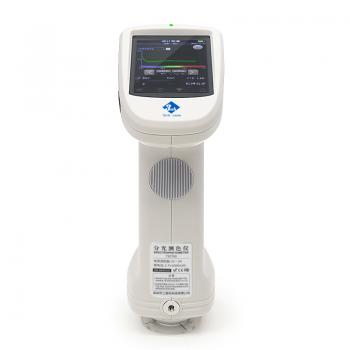
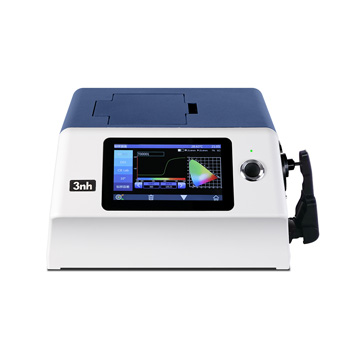
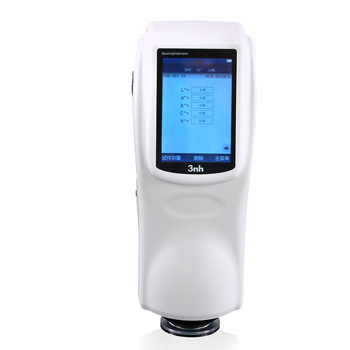
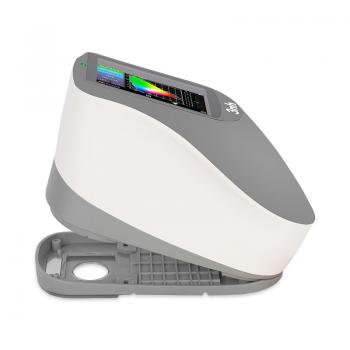
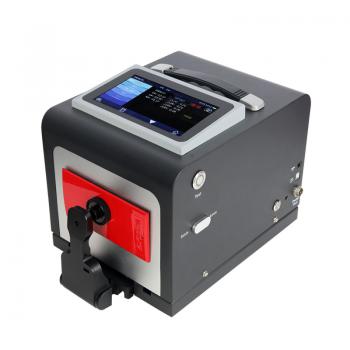
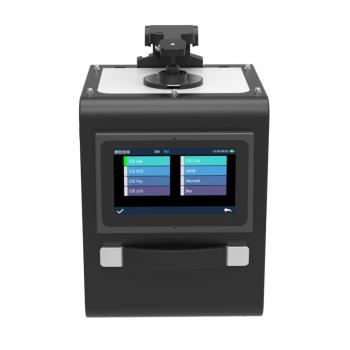
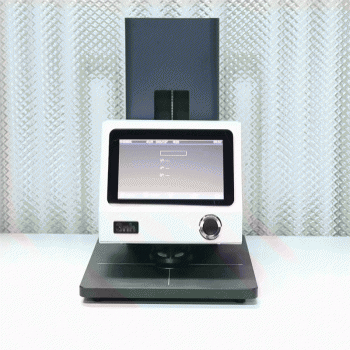
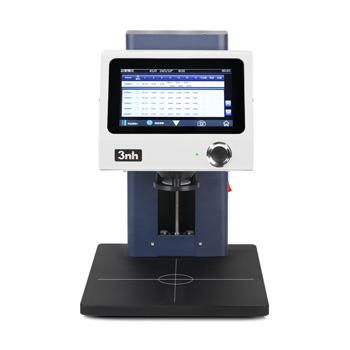
 Skype Online
Skype Online